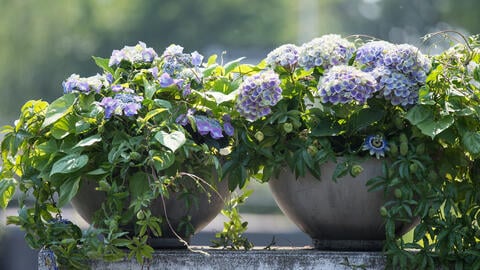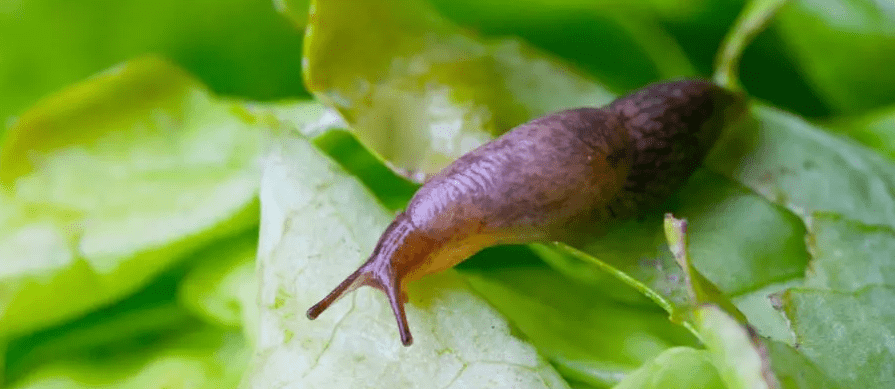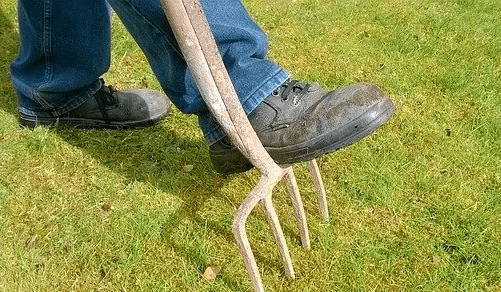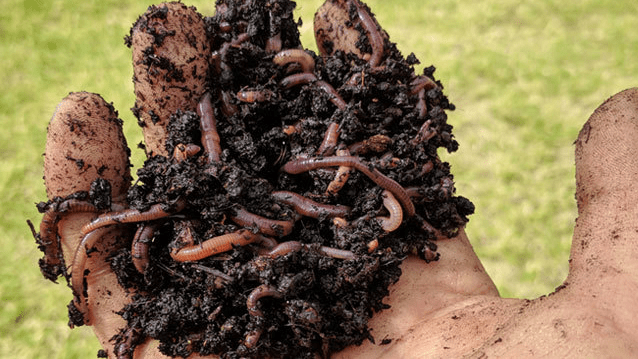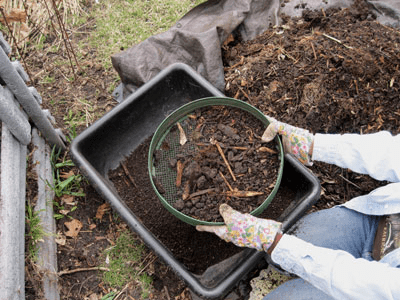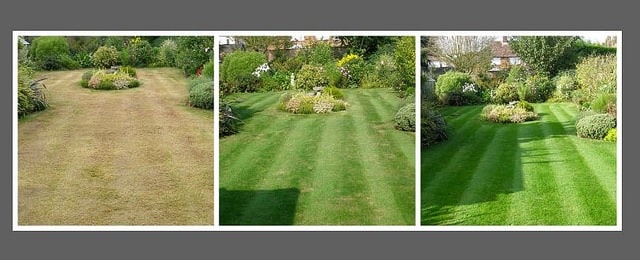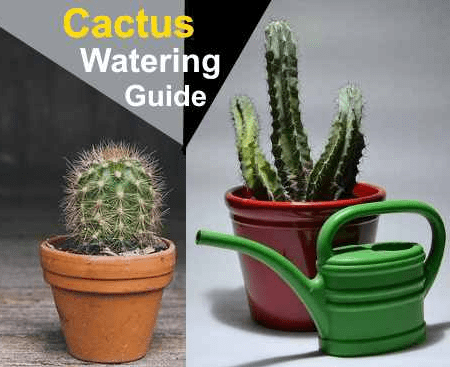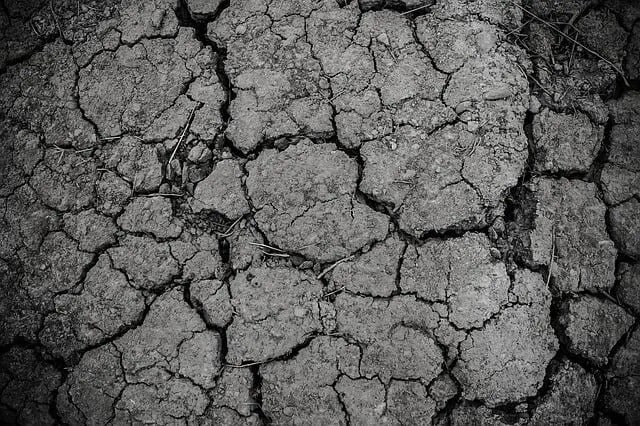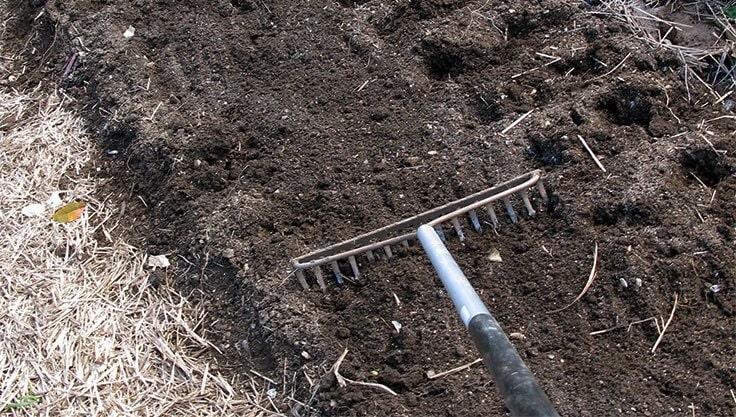I’ve always loved watching my hydrangeas bloom in full color—it feels like a little celebration in the garden every year. But over time, I learned that giving them the right care and nutrients is key to keeping them healthy and vibrant. Fertilizing hydrangeas properly can make all the difference between a few sparse blooms and a spectacular floral display. In this guide, I’ll share the best tips I’ve discovered for feeding hydrangeas, whether they’re in the ground or in pots.
Hydrangeas tolerate only a little lime and have a nutrient demand similar to rhododendrons. With these fertilizing tips, your plants will really flourish.
Hydrangeas, like rhododendrons, require acidic soil conditions. However, they are not quite as sensitive and can tolerate low levels of lime. They also cope better with clay soils than heather family plants. Still, long-term success with hydrangeas depends on providing them with good, humus-rich, and evenly moist garden soil. Here’s how to fertilize your hydrangeas properly.
Contents
In Brief: Fertilizing Hydrangeas
Fertilize your hydrangeas in autumn or spring using well-aged cow manure or cow dung pellets. Spread the fertilizer in a ring around the outer third of the plant’s canopy, then lightly work it into the soil or cover it thinly with leaves. Alternatively, use a commercially available hydrangea fertilizer. The last fertilization of the year should take place before the end of July. Avoid fertilizing newly planted shrubs in their first season. For potted hydrangeas, use a special liquid fertilizer — up until autumn if they are overwintered indoors.
Cow Dung as Fertilizer
Hydrangea experts swear by well-aged cow manure for fertilization. Unlike most other types of manure, it is naturally acidic and therefore does not raise the soil’s pH value. Another advantage of this natural fertilizer is that it enriches the soil with valuable humus. However, obtaining good cow dung is difficult in urban areas. Even in rural regions, the traditional manure heaps behind cowsheds are becoming rare because more and more cattle are kept on slatted floors, where the manure is not mixed with straw but collected as slurry in containers. A good, though more expensive, alternative is dried cow dung pellets available in garden centers.
Spread the fertilizer according to the recommended dosage around well-established plants, placing it in a ring under the outer third of the canopy. This is where most fine roots are located, which absorb nutrients. Because cow dung needs to be broken down by microorganisms before it releases nutrients, it’s best to lightly work it into the soil or cover it with a thin layer of leaves. Experienced gardeners apply the manure in autumn so that by spring it is partially decomposed and the nutrients are available to the plants at the start of growth. It can also be applied safely in spring.
Hydrangea Fertilizer
If you cannot get cow dung, simply use a commercially available hydrangea fertilizer, which is well adapted to the plants’ nutrient needs. Preferably, choose an organic product that also enriches the soil with humus. Some mineral hydrangea fertilizers contain alum — an aluminum salt that can turn hydrangea flowers blue. This works only on certain pink varieties of the garden hydrangea, as they have the ability to change their flower color depending on the soil reaction.
After the end of July, stop fertilizing your hydrangeas: excessive nitrogen reduces the shrubs’ winter hardiness because the shoots don’t harden sufficiently. Also, do not fertilize freshly planted hydrangeas during their first season; the shrubs establish better root systems when they have to search actively for nutrients instead of being “pampered” with fertilizer. A well-developed and widely branched root system is the best protection for these moisture-loving plants against drought damage.
Fertilizing Potted Hydrangeas with Liquid Fertilizer
In pots, hydrangeas have limited root space and therefore need a continuous supply of nutrients. A special liquid hydrangea fertilizer is ideal in this case. Some products also contain alum to maintain or promote blue flower coloration. Good alternatives include rhododendron or camellia fertilizer, as these plants have similar requirements.
If you overwinter your potted hydrangeas indoors in a frost-free place, you can continue fertilizing until autumn. If the plants remain on the terrace with winter protection, stop fertilizing by August at the latest. By the way: These nutrient-demanding plants also tolerate homemade natural fertilizers well, such as nettle manure diluted with water at a ratio of 1:5 to 1:10.
Caring for hydrangeas has become one of my favorite parts of gardening—it’s incredibly rewarding to see the plants thrive with just a little extra attention. With the right fertilizing routine, you can enjoy beautiful, abundant blooms year after year. I hope these tips help your hydrangeas flourish as much as mine have. Happy gardening!

